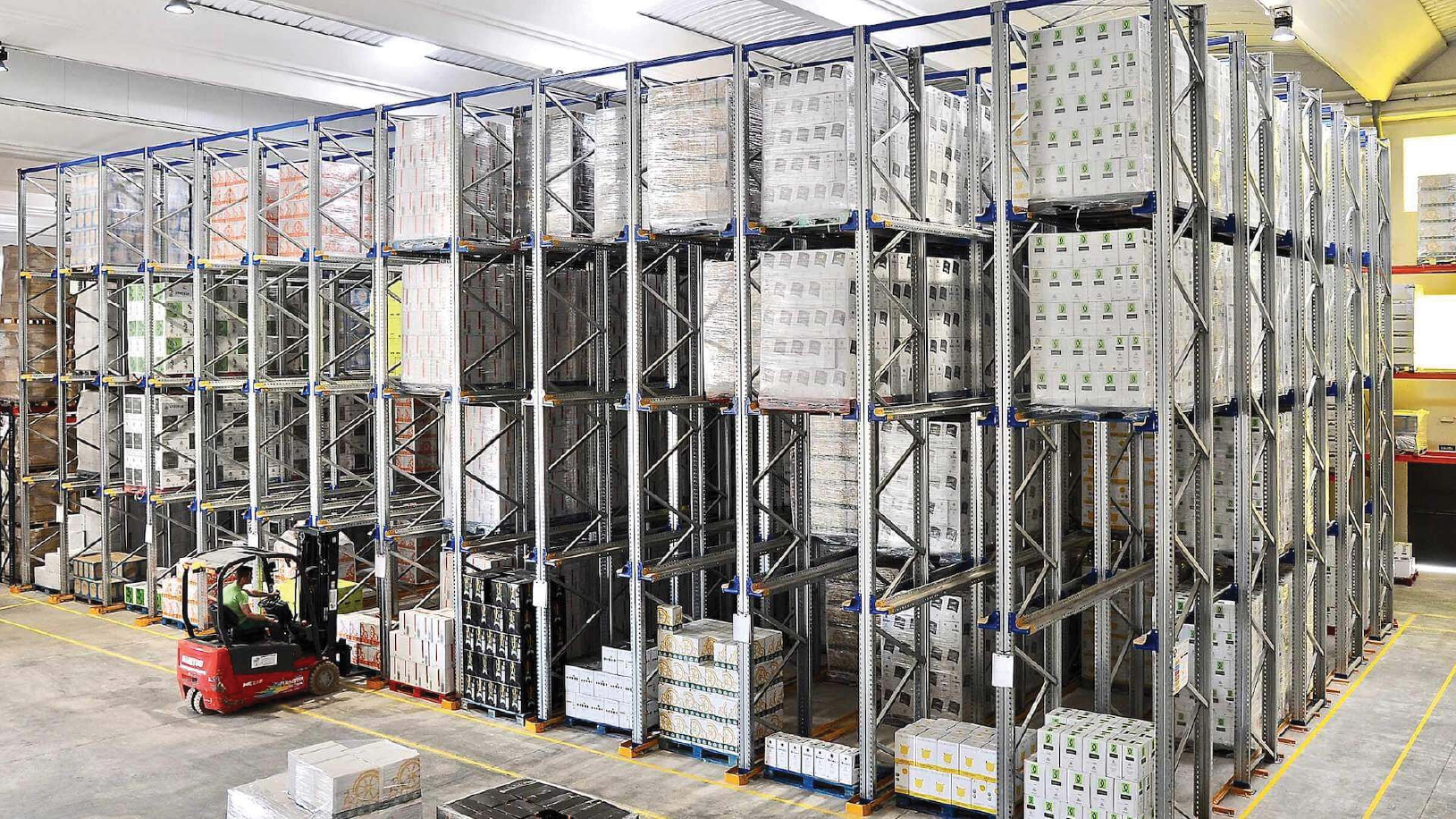How To Maximise Your Warehouse Racking Setup: Planning, Load Capacity, and Safety Factors
A well designed warehouse racking setup is one of the most effective ways to create more space, improve operational workflow, and support the growth of your business. Having the right layout and the right racking system in place helps you to store greater capacities, pick faster, and keep your team safe, without needing to move or extend your existing premises.
Whether you’re looking to rework an existing warehouse racking layout or investing in a full warehouse racking installation, the aim is simple: build a smarter, safer, more flexible warehouse that works for you today but also supports your future growth too.
Planning Your Warehouse Racking Setup & Layout
Before choosing any racking system, it’s worth taking time to understand what your space, stock, and team actually need and think about how this relates to your business goals.
Assessing Your Current Space
Start with a simple walkthrough of your current workflow.
- Where does warehouse traffic slow down?
- Do you have any aisles that always seem blocked?
- Are there certain areas that are underused?
These small observations often highlight the biggest opportunities for improvement.

Defining Storage Needs
Think about the dimensions of your items, pallet quality, pick frequency, handling equipment and stock rotation requirements. Your racking should adapt to your products and not the other way around.
Planning for Growth and Flexibility
Your storage requirements now might not match what you’ll need next year. Choosing warehouse storage systems that are adjustable, modular, or expandable keeps your warehouse ready for future growth.
Choosing the Right Type of Warehouse Racking Installation
Choosing the right type of racking is where confusion can sometimes kick in, because there’s such a wide variety of configurations available. The bottom line is that you ensure the racking system you choose fully aligns to your stock movement, available space, and operational goals. Below are the most common solutions with some tips on their best applications and uses.
Adjustable Pallet Racking (APR)
APR is the most widely used system in the UK. It’s reliable, cost effective, and extremely flexible in terms of configuration.
Benefits of APR include:
- Quick to install and expand
- Easy to adjust for different pallet sizes
- Works with standard forklifts
- Ideal for mixed stock profiles
- Create walk through tunnels to ensure all headroom space is utilised
If you’re unsure what you’ll be storing long term, or you want a system that evolves with your business, Adjustable Pallet Racking is a safe and futureproof choice.
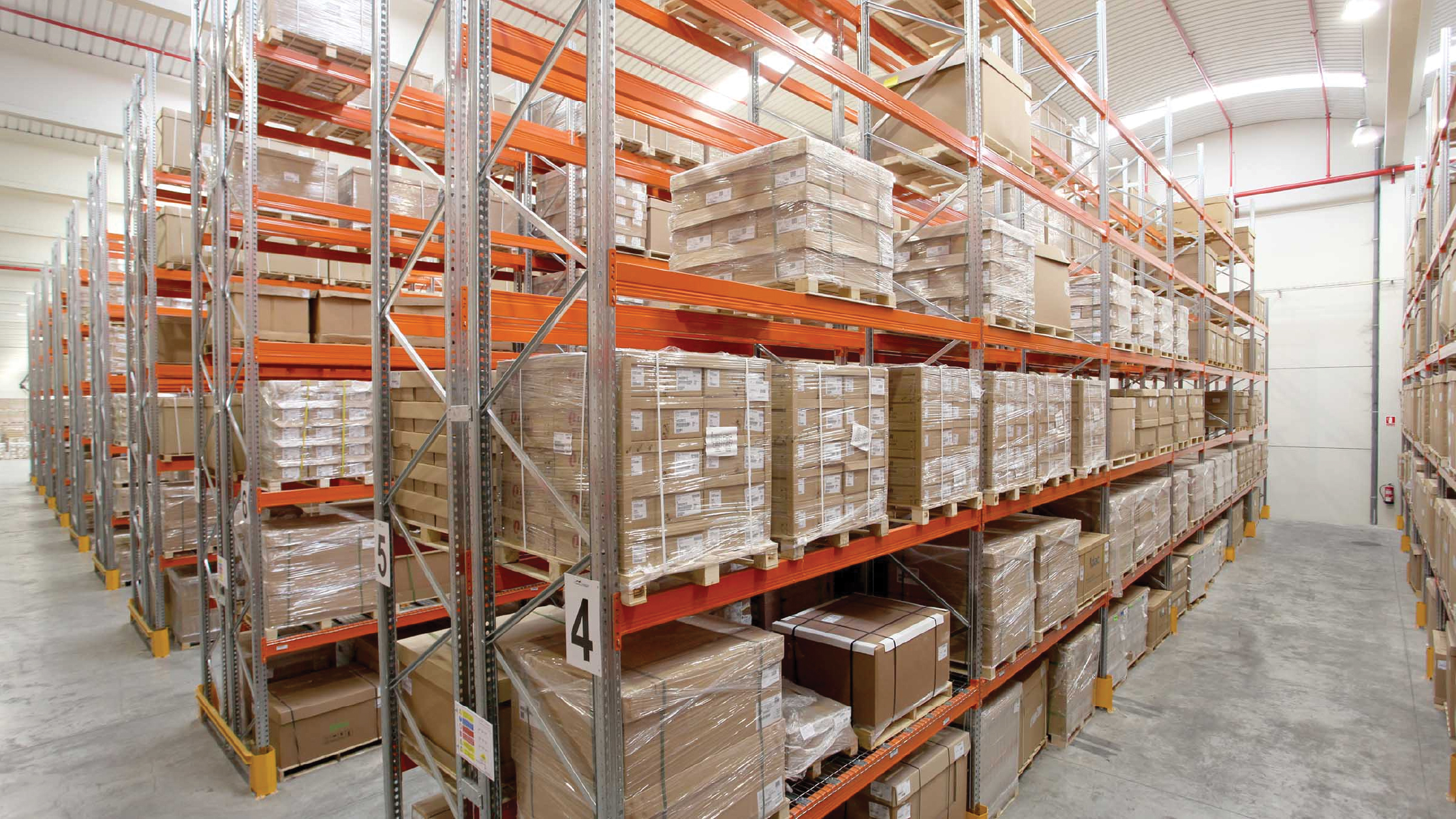
Drive-In / Drive-Through Racking
These high density racking systems minimise aisle space and maximise storage capacity, making it perfect for bulk storage.
- Drive-In Racking operates on a LIFO basis (last in, first out)
- Drive-Through Racking supports FIFO (first in, first out)
This is ideal for:
- Cold stores
- High volume, low SKU environments
- Seasonal and bulk storage
If your priority is storing as much stock as possible in a limited space, this system is pretty hard to beat.
Narrow Aisle Racking (VNA)
If space is tight, narrowing the aisles and maximising vertical space with Narrow Aisle Racking can significantly increase the number of pallet locations in the same space. You’ll need VNA (Very Narrow Aisle) forklift trucks, but the space savings are substantial.
VNA is best suited to:
- Warehouses with limited floor space
- Operations needing high accessibility
- Businesses with a wide product range
This setup is particularly popular in ecommerce and distribution sectors where fast picking and high stock turnover matter. Take a look at our case study on a company in Peterborough who had a VNA racking installation carried out in their storage facility.
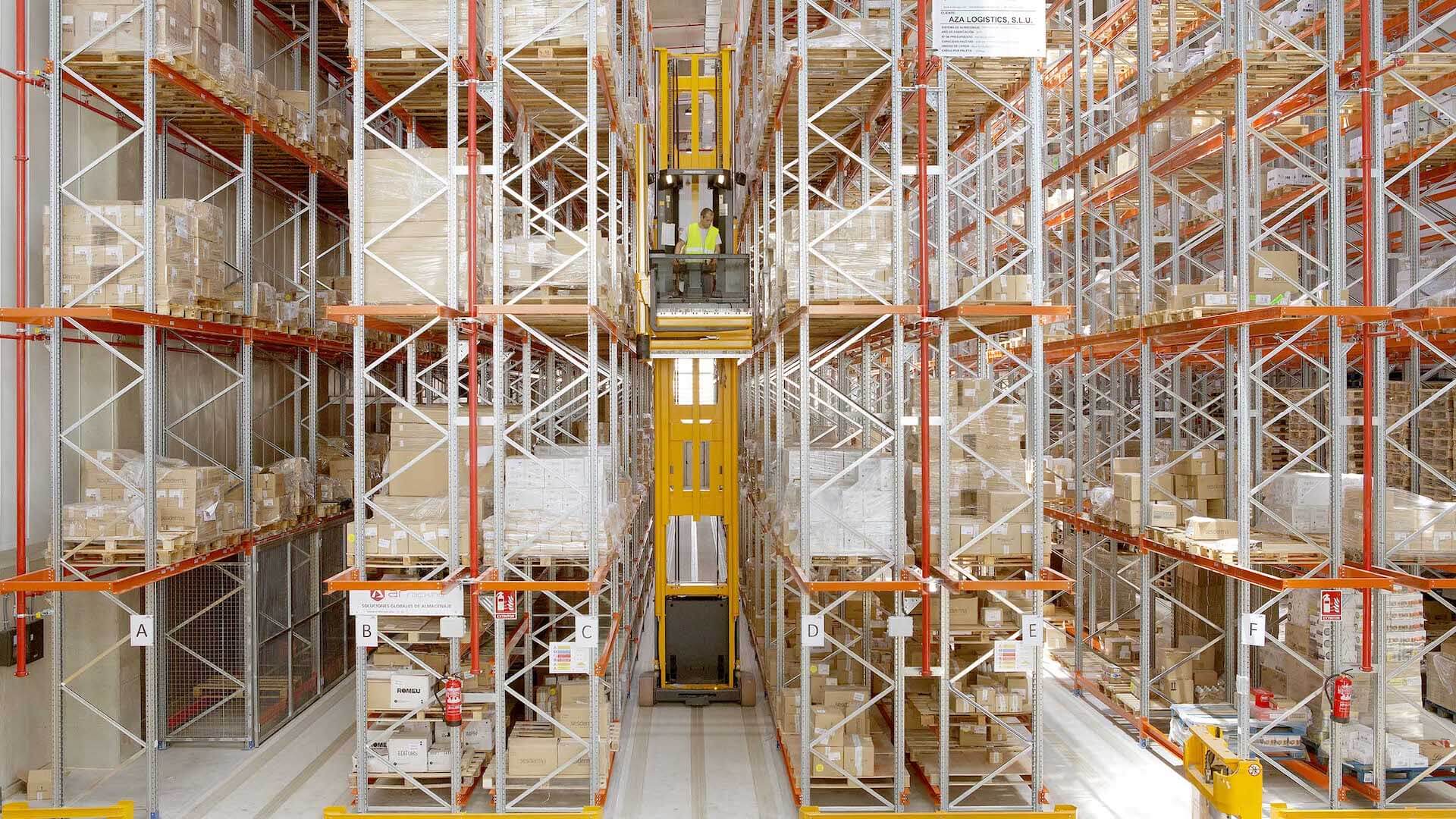
Dynamic or Push-Back Racking Solutions
Dynamic racking uses rollers or carts on each level to allow pallets to move forward automatically as one is removed. It boosts pick and replenishment workflow speed and warehouse efficiency without requiring full warehouse automation.
Options include push back racking where by stock is replenished from the front of the bay, live storage systems where pallets are replenished at the back and picked from the front, or mobile racking whereby pallet racking is placed on guide rails to allow aisles to be moved to access palletised stock.
Dynamic and push-back racking are ideal for businesses that need:
- Fast stock rotation
- Higher picking frequency
- Reduced operator travel time
- High density storage solutions
It’s a clever option for busy environments where efficiency really matters.

Understanding Load Capacity
Once you’ve chosen your system, understanding load capacity is essential for safe, compliant pallet racking installation.
What Load Ratings Mean
Every beam, upright and bay has a maximum load it can safely handle, provided by the storage racks supplier. These loading limits should never be exceeded, or you run the risk of the structural integrity of the racking failing, becoming a safety risk to employees and stock.
Calculating Safe Loads
Calculating safe loads is more than checking how heavy your pallets are. It’s a combination of pallet weight and dimensions, beam length, frame size, bay configuration, and how evenly the weight sits across each level. Even small operational changes like switching to a heavier product range, increasing the pallet racks height, or adjusting beam positions can alter how much your racking can safely hold.
Because of this, many businesses choose to have their racking checked professionally. A SEMA Approved Rack Inspector (SARI) will identify early safety risks, and make sure you’re aware of the steps required to ensure your racking fully complies with the latest industry standards. Clear load signs should also be displayed on every bay so your team always knows what’s safe.
For complete peace of mind, it’s worth choosing a provider aligned with recognised industry bodies. As full members of SEMA (Storage Equipment Manufacturers’ Association), we follow strict guidelines that enforce the safe design, supply, and installation of all racking systems.
Many growing businesses also choose to schedule regular Racking Inspections to ensure their system remains compliant, accurate, and safe as stock changes over time.

Signs of Overloading
Even small signs of stress can indicate a serious safety risk, and catching them early protects your team and your stock.
- Bowing beams
- Leaning pallets
- Twisted uprights
- Missing or unclear load signage
- Operators reporting difficulty placing pallets
If you do spot any of these signs, call our team of experts to arrange a racking inspection by a SARI.
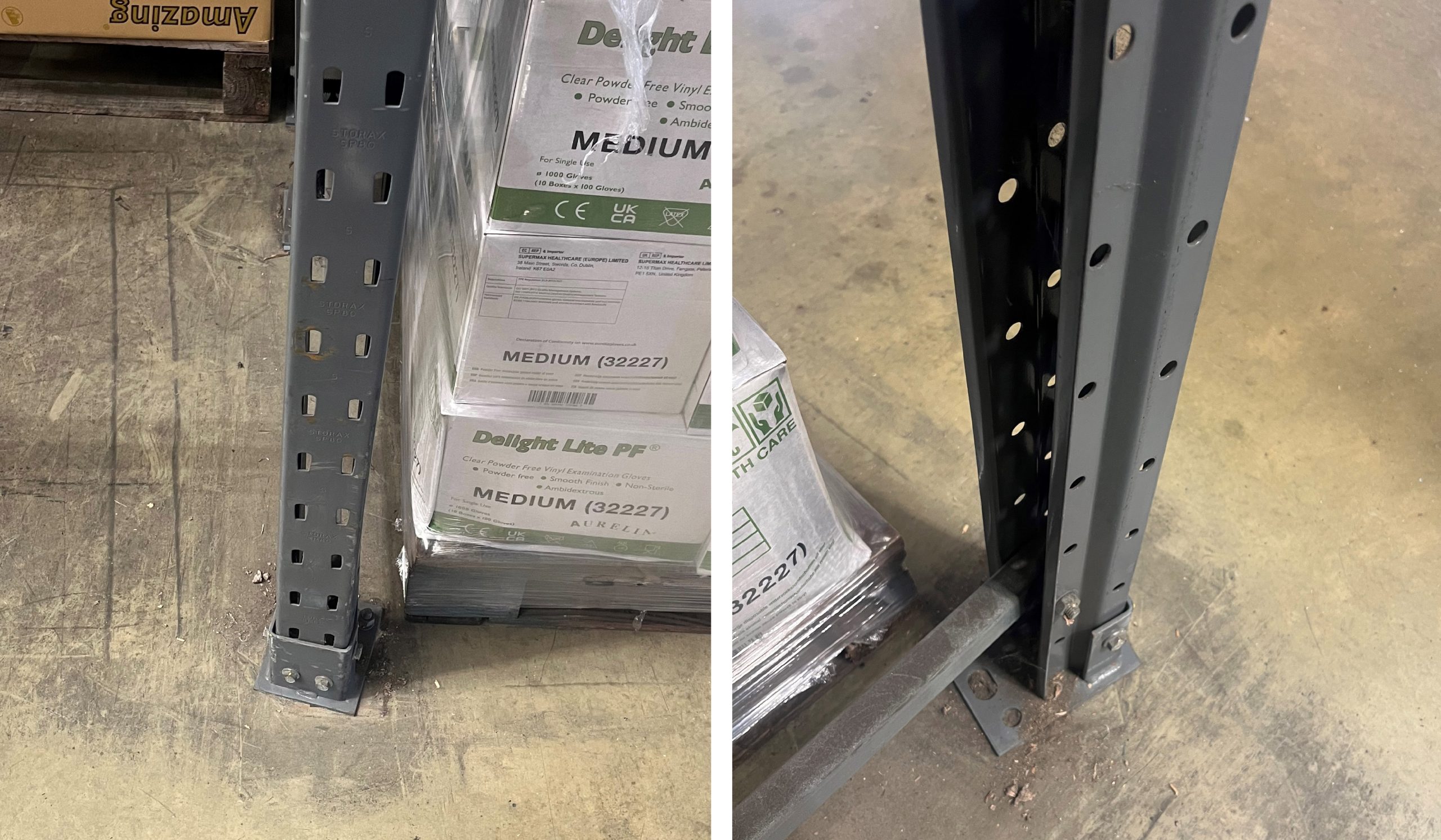
Safety Factors To Build Into Your Racking Setup
By ensuring you have suitable rack protection solutions in place can dramatically reduce downtime, damage, and risk.
Rack Protection and Guards
Column guards, rack end barriers, and impact protection reduce forklift impact damage.
Beam Locks and Bracing
These keep beams secure and protect against accidental dislodging, causing collapse.
Anchoring and Baseplates
Ensuring proper installation of anchoring ensures stability and compliance of the racks.
Pallet Condition
Damaged pallets can fail even on new racking, likewise if your pallets are overloaded, stored incorrectly, or are an incompatible dimension. Routine checks are essential.
Clear Signage
Load signs, aisle markers, and safety labels help your team work confidently and safely.

Common Setup Mistakes To Avoid
Getting your warehouse racking setup correct from the start saves time, money, and stress later. Many mistakes are easy to avoid if you plan carefully and follow best practices.
- Incorrect aisle widths – Too narrow, and forklifts can’t turn safely; too wide, and you waste valuable storage space.
- Using poor quality pallets – Weak or damaged pallets can compromise safety and lead to stock loss.
- Overloading beams – Exceeding load limits risks structural failure and endangers staff.
- Missing signage – Without load and safety signs displayed clearly, staff may inadvertently exceed limits or work unsafely.
- Not planning for forklift turning areas – Forklift movements need space to operate safely and efficiently; otherwise, traffic jams and accidents happen.
- Installing racking before mapping workflow – If you don’t account for how stock moves through your warehouse before your pallet racking installation, you can create bottlenecks and inefficient layouts.
- Choosing the wrong racking type for your stock – Using a high density system for mixed or fast moving products can slow operations down.
- Forgetting to install rack protection to avoid damage on impact – Collisions with forklifts or pallet trucks are common in busy warehouses. Adding column guards, rack end barriers, and beam protection saves costly repairs and prevents accidents.
By addressing these points during planning and installation, you’ll set up a safer, more efficient, and long lasting warehouse racking system.
When To Call An Expert
If you’re unsure about layout, load capacity or which racking system best suits your goals, speak with one of our experts at BSE UK. The right advice early on protects your investment and keeps your warehouse safe and efficient.
Best Practices for Long Term Efficiency and Safety
Schedule Regular Inspections
Annual inspections are a legal requirement, and all warehouse racking should be inspected on a weekly basis – for advice take a look at our rack safety checklist.

Keep Aisles Clear and Marked
Clear aisles reduce accidents and speed up movement. Using pallet racking aisle markers, shelf labelling and warehouse floor markers will avoid bottlenecks in your busiest aisles
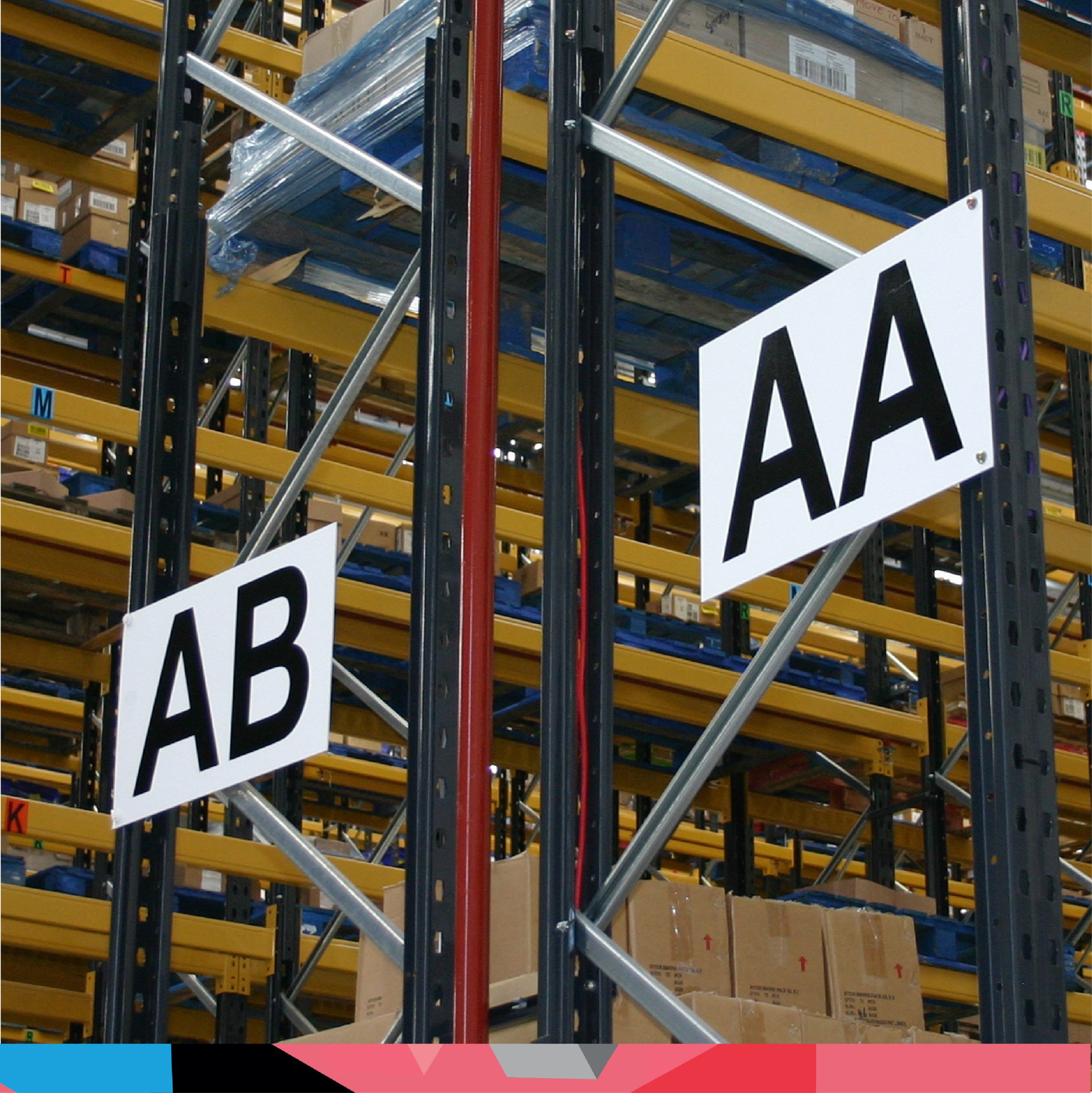
Train Your Team
Even the safest racking system relies on educated, aware operators. We offer rack safety awareness training and other courses to assist

Maintain Accurate Records
Keep track of inspections, repairs, load notices, and layout changes to ensure you have a full history of your warehouse storage equipment.

FAQs
How do I know which warehouse racking setup is right for me?
It depends on your stock, warehouse size, handling equipment, and long term plans. Adjustable Pallet Racking systems suit most setups because of its modular design, but high density systems may suit bulk storage better.
How long does a pallet racking installation take?
Professional, SEIRS registered pallet racking installers would take anywhere from a day to several days depending on size and complexity.
Is narrow aisle racking worth it?
If space is tight and you need more pallet positions without expanding your premises, yes.
Where can I find warehouse safety guidance?
You can refer to the HSE’s official guidance here. For technical storage advice, contact our team of experts on 0117 955 5211
Can a Pallet Racking System store sheets of wood or metal?
Although pallet racking is ideal for heavy palletised goods and excellent if you’re wanting high storage density, it isn’t designed for long or awkwardly sized materials like sheet products, tubes or timber that need to be stored horizontally. Cantilever racking is the smarter alternative, using strong, open-fronted arms to hold wide or long length items safely and efficiently.
